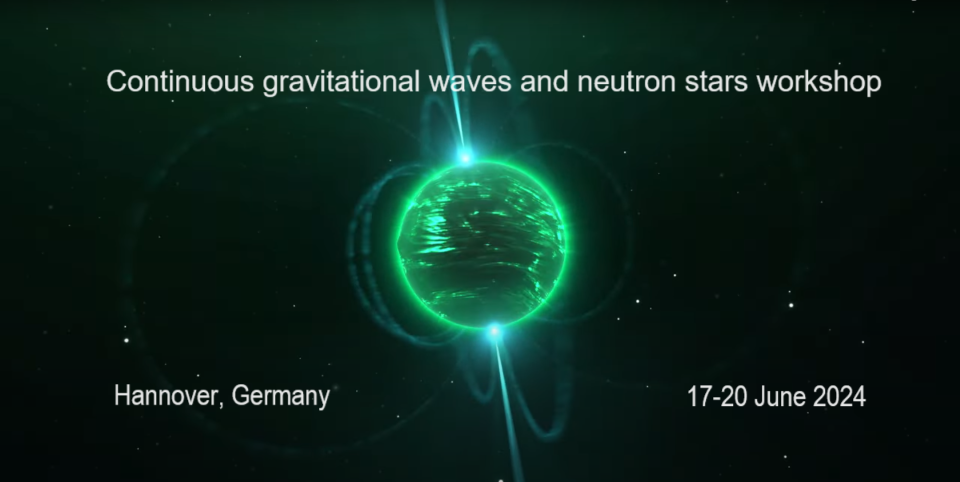Speaker
Description
Since its launch in 2008, the Fermi Large Area Telescope (Fermi-LAT) has aided to discover more than half of the known millisecond pulsars (MSPs). Among these are Spider pulsars, which are MSP binaries with main sequence or semi-degenerate stars in tight orbit (orbital periods ≲ 1day). These Spider pulsars are among the fastest-spinning and heaviest pulsars due to the recycling scenario. Observing these pulsars in radio wavelengths can be challenging due to eclipses caused by intrabinary material shed away by the companion star which can last up to 70% of the orbit. Optical surveys, on the other hand, offer an alternative channel to search for Spider pulsars. In such tight orbit, the companions are tidally distorted and heavily irradiated by pulsar winds. These effects form unique sinusoidal modulations on optical light curves, distinguishing them from most variable stars. Since 2020, we have been observing unidentified Fermi-LAT sources using the Thai Robotic Telescope, Liverpool Telescope, and New Technology Telescope at La Silla Observatory. A new black widow PSR J1544-2555 was discovered by the survey in 2022 and subsequently confirmed by radio follow-up observations using the radio telescope MeerKAT in 2023.

